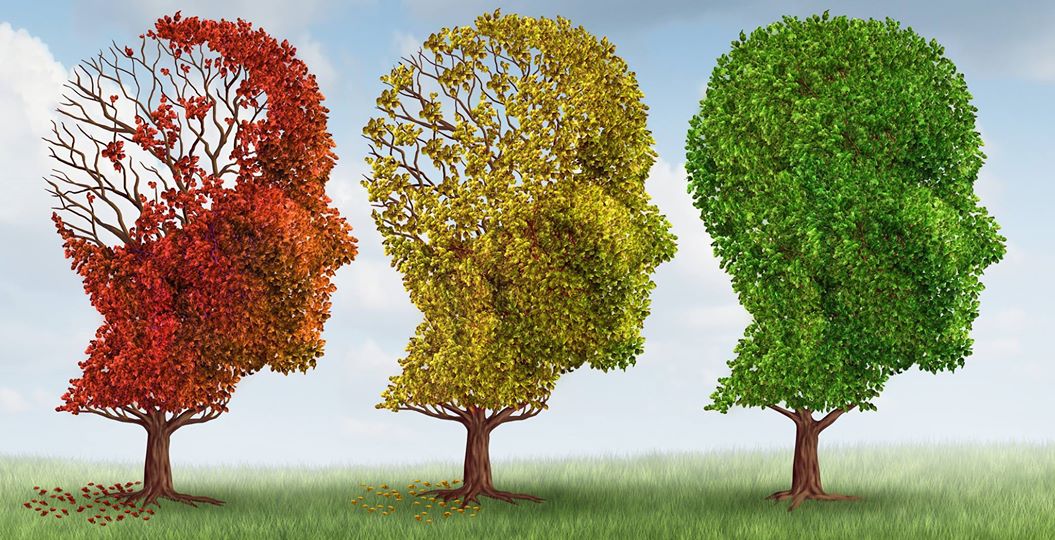Physical rehabilitation after an Acquired Brain Injury (ABI) is mistakenly considered to be the only possible form of rehabilitation. People mainly tend to focus on the overt disabilities.
However, the cognitive, emotional, psycho-social and behavioural deficits that follow after injury are often what shape the individual’s quality of life. Neuropsychological rehabilitation focuses on alleviating these intangible deficits and thereby, improving the quality of life for the patient and her/his loved ones. The process of rehabilitation is based on the biological concept of neuroplasticity. In simple words, neuroplasticity is the brain’s ability to reorganise its structure by adapting to changes and demands of the environment around it. Rehabilitation can be viewed in the same light as physical training to build your body’s muscles. Keeping the long term goals in mind, the training involves a repetitive task learning and behaviour modification process. The tasks progressively become more challenging. The process of neuropsychological rehabilitation works on a similar timeline; it is goal-oriented and involves a number of steps:
The neuropsychologist will first understand the patient’s injury, the deficits that have followed and the premorbid personality by taking a thorough case history. During this process, it is important for a close family member to provide precise/detailed information about the patient so that the rehabilitation process that follows can accurately suit the patient’s needs.
The neuropsychological assessment will include a battery of tests in order to clarify the extent of the damage and the current objective capabilities of the individual. Based on the test results, the neuropsychologist can gauge the strengths and the weaknesses so that the immediate and long term goals can be planned.
The rehabilitation process is interactive, which means that the patient and her/his family are involved in the process of setting the goals and working towards them. The family’s role in guiding the rehabilitation process is crucial.
The process of rehabilitation is, therefore, organic in nature. This means that the rehabilitation goals focus on the individual’s lifestyle demands. This also helps increase the patient’s motivation to achieve the set goals. Initially, the demands could be basic such as, independently following one’s routine but can progress to more complex occupational demands for job performance.
The therapy sessions may occur a few times a week, but the rest of the days, the patient must work at the skills learnt in order to effectively master them. The family, thus, plays the role of motivating and facilitating these activities in the home environment. The strategies and tasks from the sessions must continue at home and this can often be the crux of the process. The old adage “practice makes perfect” accurately describes the rehabilitation process.
As the sessions move forward, the goals of rehabilitation change in accordance to the progress made by the patient. The progress isn’t always a linear development. There may be spurts of quick progress and then there may be periods of slowing. Keeping track of the progress can actually be a fulfilling task, as the small changes form the basis of rehabilitation, and eventually these changes transform into a sense of competence and accomplishment. It is important to realise that the rehabilitation process isn’t a quick fix, but a long process, that may even last for months and years. Pushing through the plateaus of slow progress can reap extremely satisfying rewards because neuroplasticity ensures that the brain can change even after significant injury. Neuropsychological Rehabilitation is the necessary step that enables the individual to achieve greater competence and help her/him eventually reintegrate into society.

